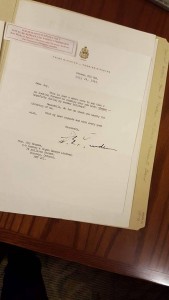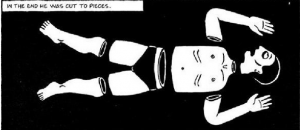Good evening!
For the last 2 weeks, our ASTU class has been focusing on poetry. We read Juliana Spahr’s This Connection Of Everyone With Lungs just recently which focused on 2 (somewhat lengthy!) poems emphasizing the local and global. However, the piece of poetry that resided with me the most was the piece we looked at last week about The Falling Man.
The poem itself was titled “Photograph From September 11” and was written by Wislawa Szymborska. (A version of the poem can be found here),
The poem itself is talking about the picture of The Falling Man that has been controversially discussed since the incident 15 years ago.
In class, we talked about why this poem was not as heavily debated in comparison to the other tributes to The Falling Man. Other poetry, sculptures, pictures, were all considered taboo in the public eye, however, this one poem by Wislawa Szymborska was exempt from this social rule.
We talked about how the poem was peaceful, and calm, and slow. It didn’t refer to The Falling Man as “falling”, but “in flight”. It didn’t mention words like “dying” or “death”, however, made sure the readers still knew the inevitable was going to happen.
I think that there’s one other reason that this poem was exempt from social protocol that hadn’t been discussed in class. I think it’s because Wislawa does not talk about the man in the picture, but rather the picture as a collective. She chooses not to describe the journey but rather just the freeze-frame image that the picture was portraying. She talks about how they’re kept “above the earth” and how “there’s enough time for hair to come loose, for keys and coins to fall from pockets.” The poem focuses exclusively on the picture, not the man in the picture. It takes away from the personal aspect of the picture, just momentarily grasping the scene captured in the photograph.
Till next time! Enjoy your reading week!

